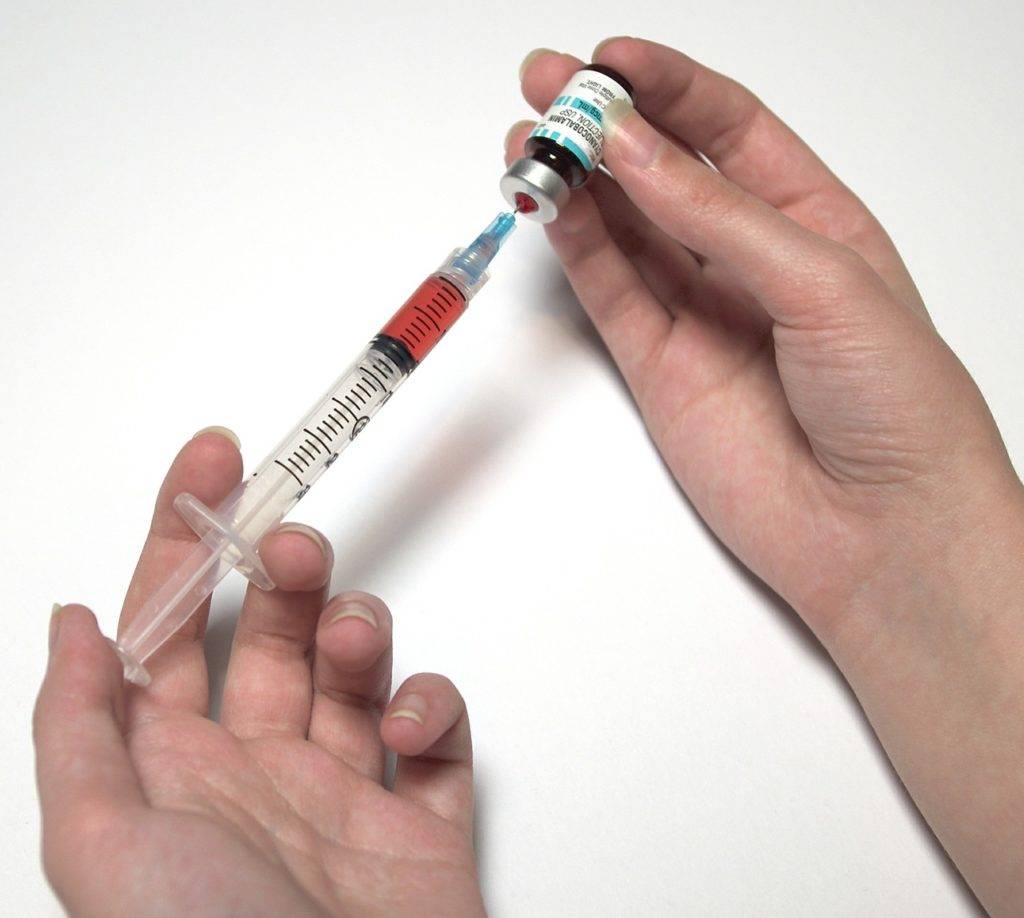Understanding Cyanosis: More Than Just a Color Change
For parents and healthcare providers alike, noticing a bluish or purplish hue in a child’s skin or mucous membranes can be a jarring experience. As a pediatrician and obesity medicine specialist, I’m Dr. Michael Nwaneri, and today we will explore the alarming but manageable condition of cyanosis in children. This guide aims to fulfill criteria such as originality, comprehensiveness, factual correctness, and reliability.
Cyanosis is a medical term used to describe a bluish to purplish discoloration of the skin and mucous membranes, predominantly due to inadequate oxygenation of the blood. This discoloration serves as a dramatic visual cue that something may be seriously wrong.

The Root Causes: What Lies Behind the Blue
Central Cyanosis
- Heart Defects: Congenital conditions like Tetralogy of Fallot can lead to cyanosis.
- Respiratory Failure: Severe pneumonia or bronchiolitis can reduce oxygen exchange.
- Blood Disorders: Such as methemoglobinemia.
Peripheral Cyanosis
- Reduced Blood Circulation: As seen in Raynaud’s phenomenon.
- Cold Exposure: May lead to vasoconstriction and blue discoloration.
- Shock: From severe infection, dehydration, or trauma.
Identifying Symptoms: What Else to Look For
- Difficulty Breathing: Rapid or shallow breathing.
- Grunt Sounds: Especially in infants during exhalation.
- Clubbing: An abnormal widening and rounding of the fingertips.
- Reduced Activity: Lethargy or loss of consciousness.
The Road to Diagnosis: Confirming Cyanosis
- Clinical Examination: Involves checking oxygen saturation levels and overall appearance.
- Blood Tests: Complete blood count, arterial blood gas, and methemoglobin levels.
- Cardiac Assessment: ECG, echocardiogram, and other imaging tests.
- Pulmonary Evaluation: Chest X-ray or CT scans may be performed.

Treatment Options: Turning the Tide
- Oxygen Therapy: Immediate oxygen supplementation can relieve symptoms.
- Medication: Such as bronchodilators or vasodilators depending on the cause.
- Surgery: For heart defects leading to chronic cyanosis.
- Supportive Care: To manage underlying conditions like pneumonia or sepsis.
Prevention and Long-term Management: From Fear to Triumph
- Prenatal Screening: To identify congenital heart defects.
- Regular Check-ups: To manage chronic conditions like asthma.
- Prompt Treatment: For acute conditions like respiratory infections.
- Home Monitoring: Pulse oximeters can be used for ongoing surveillance.
Conclusion: Information is Power
While the sight of cyanosis can be chilling for any parent, understanding the condition is the first step towards effective management. Armed with this knowledge, you can take swift action to address the underlying issue and restore your child’s health.
References
- American Academy of Pediatrics – Cyanosis
- American Heart Association – Congenital Heart Defects
- Centers for Disease Control and Prevention – Child Health
Disclaimer: This article is for informational purposes and should not replace professional medical advice.



